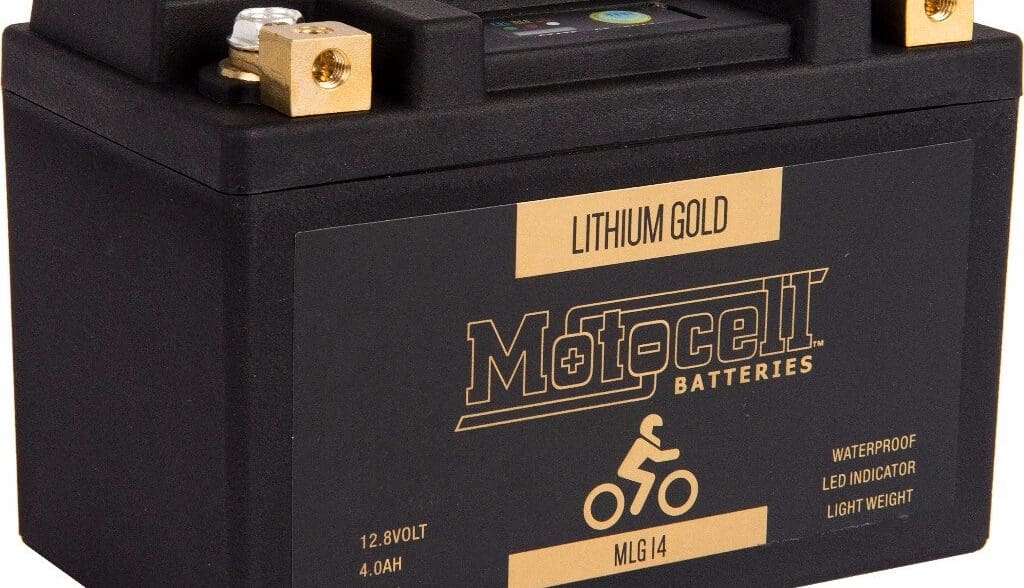While manufacturers are keen to show how they can shave a few grams off their new model’s weight, they could easily shave even more if they swapped to a more expensive lithium battery.
You need to test your motorcycle battery using a multimeter. Read Best Multimeter Reviews article to know more about it.
Lithium motorcycle batteries are LifePO4 batteries, most using prismatic (square) cells. They are the same battery types as used in electric cars and now being deployed as solar storage systems such as the Tesla Power wall.
Lithium advantages
-
Lithium batteries have a higher energy density, so they can have a higher output at a lighter weight. They are usually about a third of the weight of the standard lead acid battery supplied as original equipment in almost every motorcycle.
-
These batteries have a longer shelf life when not in use. Many batteries we buy have already been sitting on the shelf for some time so we are only getting a portion of their maximum capacity.
-
Motorcycle batteries are constantly being recharged, which reduces their life. Lithium LifePO4 batteries are able to be recharged a far larger number of times. So they cost more than a lead acid battery, but will last much longer.
-
If it does run flat, it can be recharged very quickly, but needs a special charger or a simple charger without desulphation modes.
-
Lithium LifePO batteries have a lower internal self discharge rate to Lead Acid Batteries so they do not need to be tendered in winter or periods of disuse in the manner Lead Acid batteries do, in a typical machine the vehicle can be left unused for up to six months without charging the battery where a vehicle with a Lead Acid battery would need the battery charged after six to eight weeks.
-
They start your bike quicker because lithium is a lower impedance internally which allows delivery of up to 90% of the stored energy in one hit. Lead acid batteries typically can only deliver around 1/3 of the stored energy in one go. Hence the Lithium bateries have higher CCA ratings (Cold Cranking Amps).
-
If you are customising your bike and want to create a void where the battery usually lives, use a Lithium LifePO4 battery. They are much smaller and can be located anywhere and at any angle. We were able to put one inside a hinged NOS bottle for fun on our Honda CX500 project bike. You should purchase the largest-capacity Lithium battery you can.

Lithium disadvantages
- Be careful not to overcharge Lithium batteries as they can overheat. Make sure you charge them with a suitable, dedicated recharger.
- They also don’t like extremes of cold or heat, so if relocating them, don’t put them too close to the engine or exhaust ports.
Motocell batteries
One of the newest motorcycle-specific Lithium batteries to hit the Australian market is Motocell Lithium Gold Batteries.
They are LiFePO4 Series 12.8 Volt batteries that suit almost every bike with prices from $129 to $449.
They have high-conductivity brass terminals with three-position multi-mount connectivity to suit every bike.
Because they are smaller than the battery you are replacing, they come with adhesive foam pads to fit firmly. They also reduce vibration.
They also have a handy LCD screen on the top of the battery that indicates the “State of Charge”.
You should purchase the largest-capacity Lithium battery that will physically fit in your bike so it has reserve capacity, especially for machines which are used in remote areas.
Motocell also makes a special battery charger for external remote charging when required.
Motocell Lithium Gold Batteries are imported and distributed in Australia by Link International. Click here for their motorcycle range.
These batteries should not be confused with the Lithium-ion batteries used in phones such as the Samsung Galaxy 7 which has been bursting into flames.




